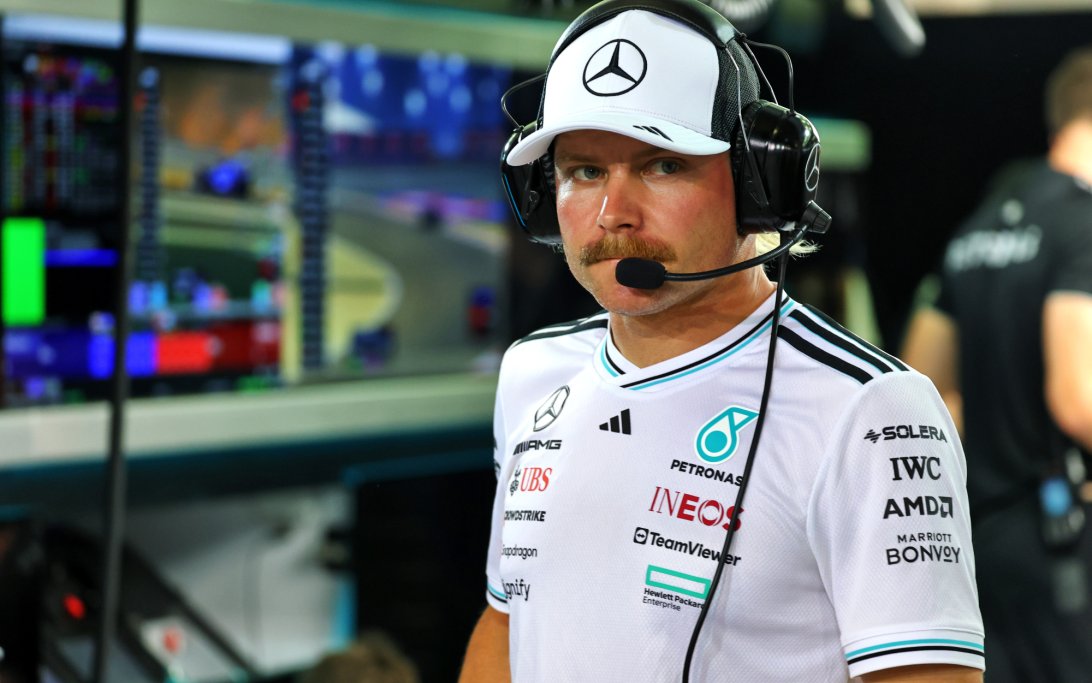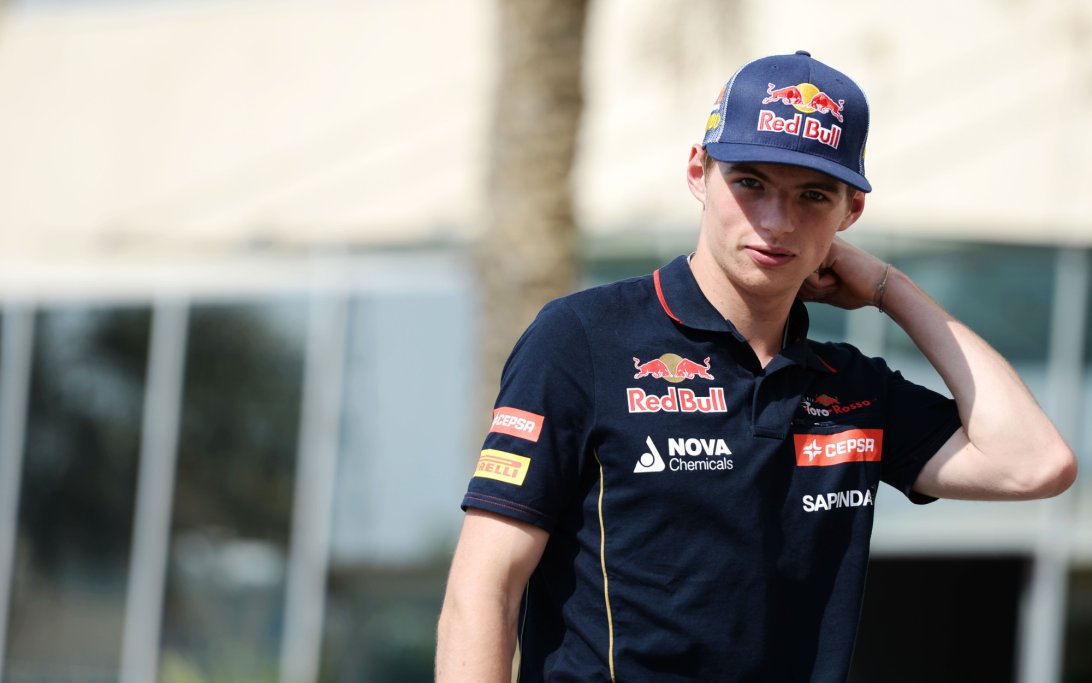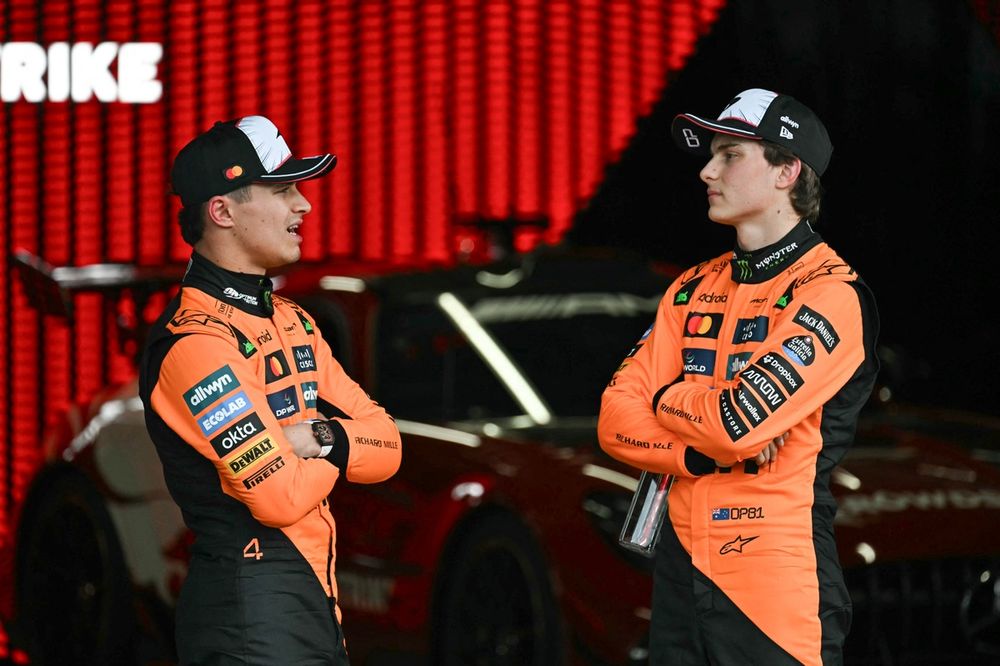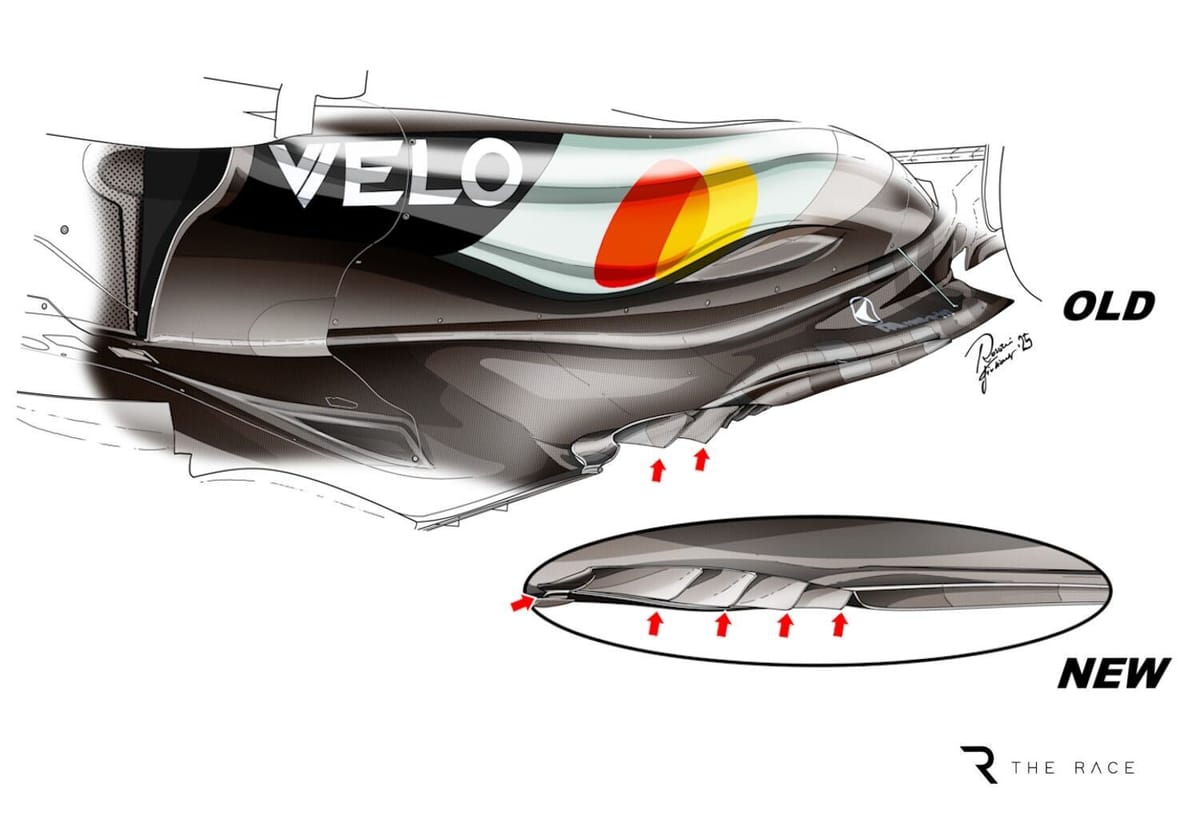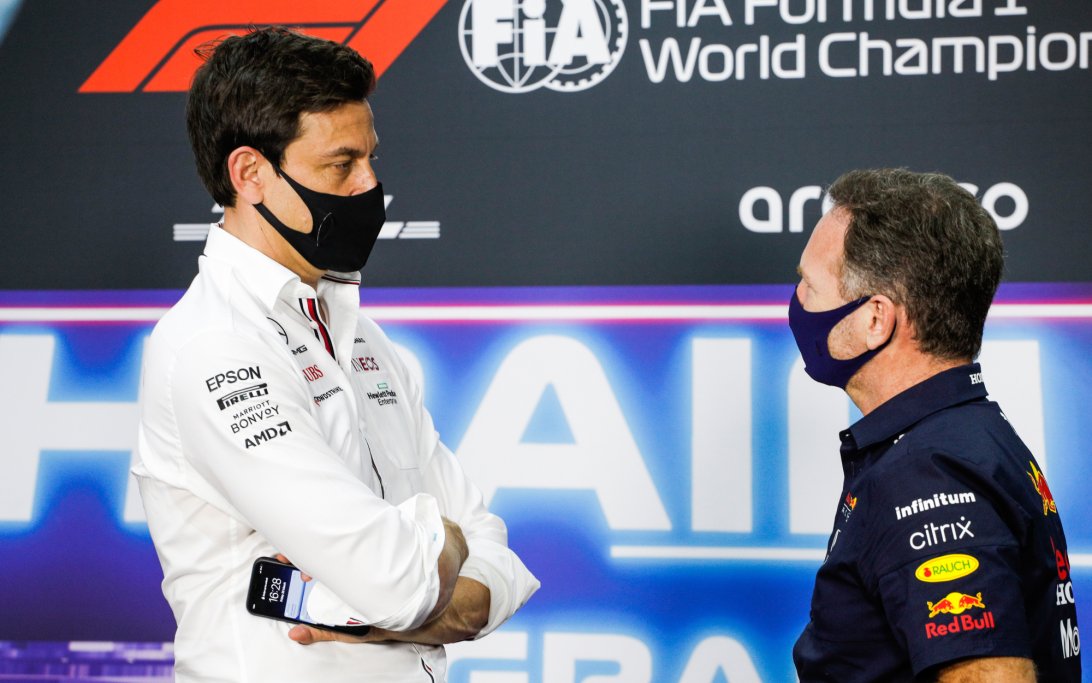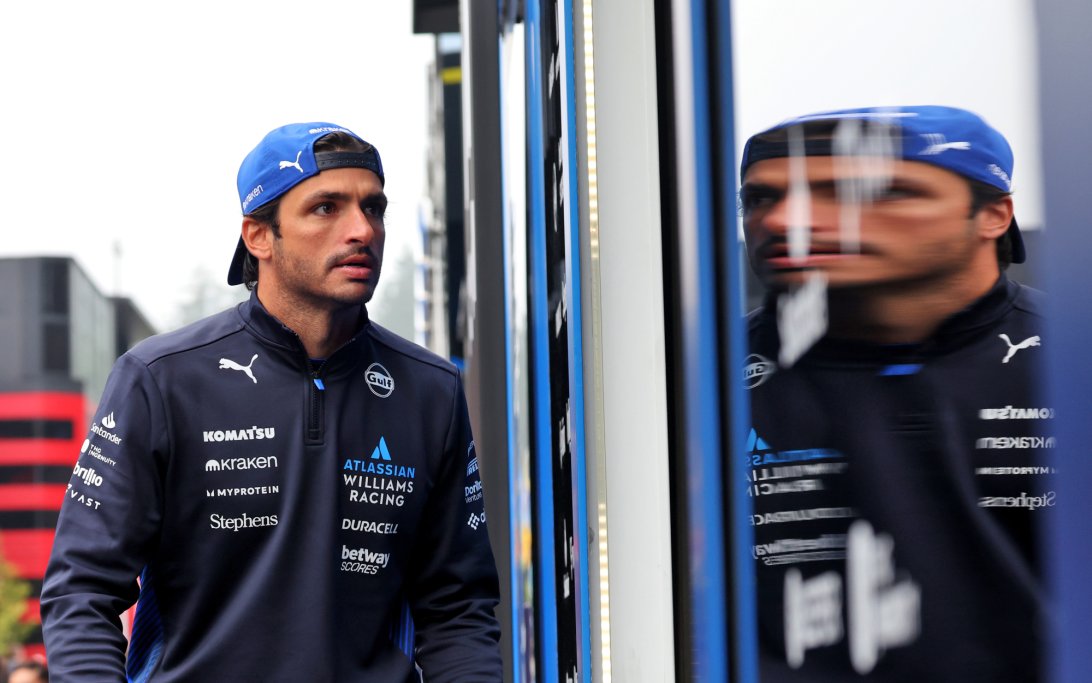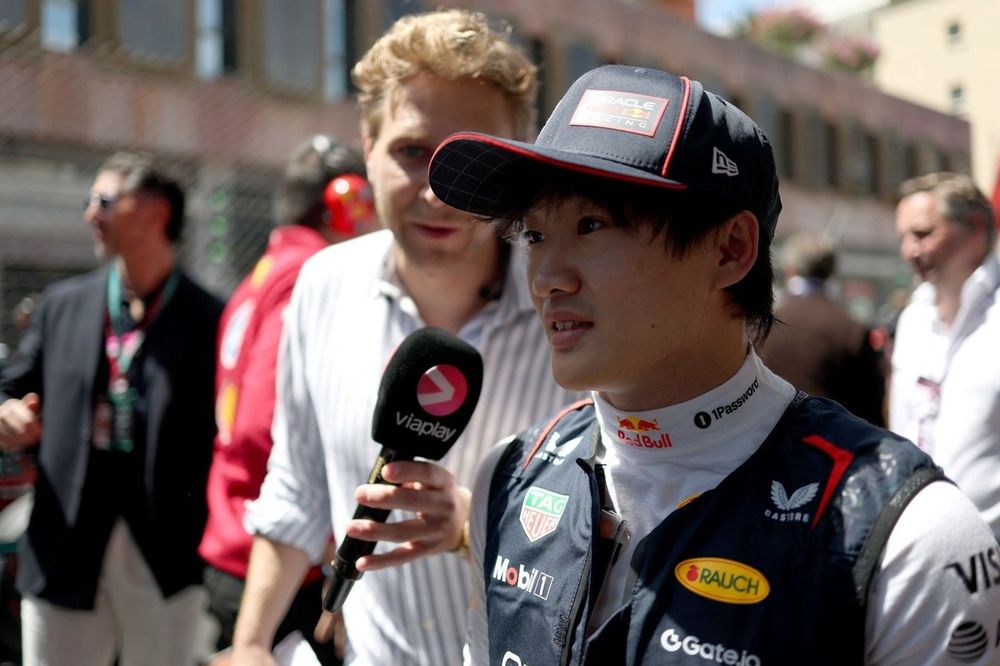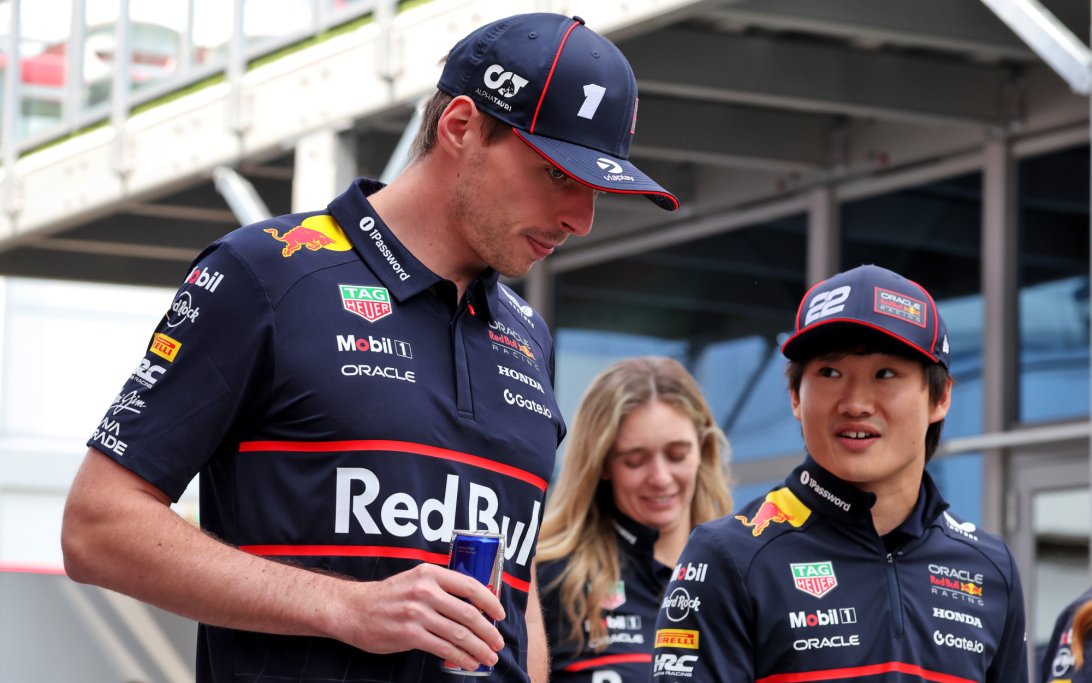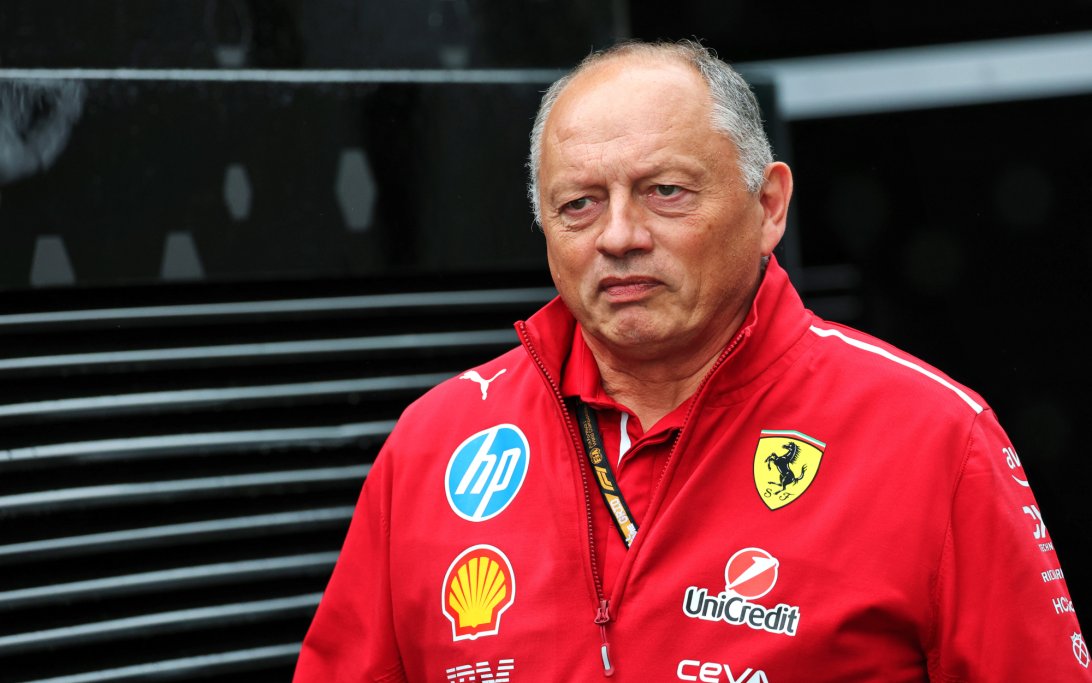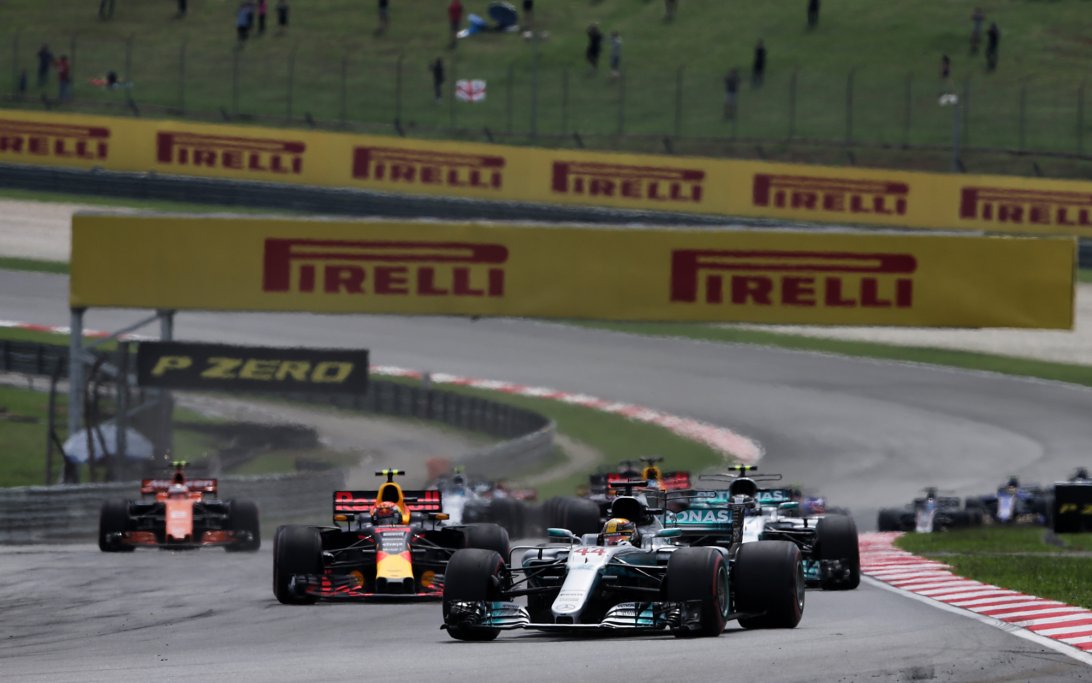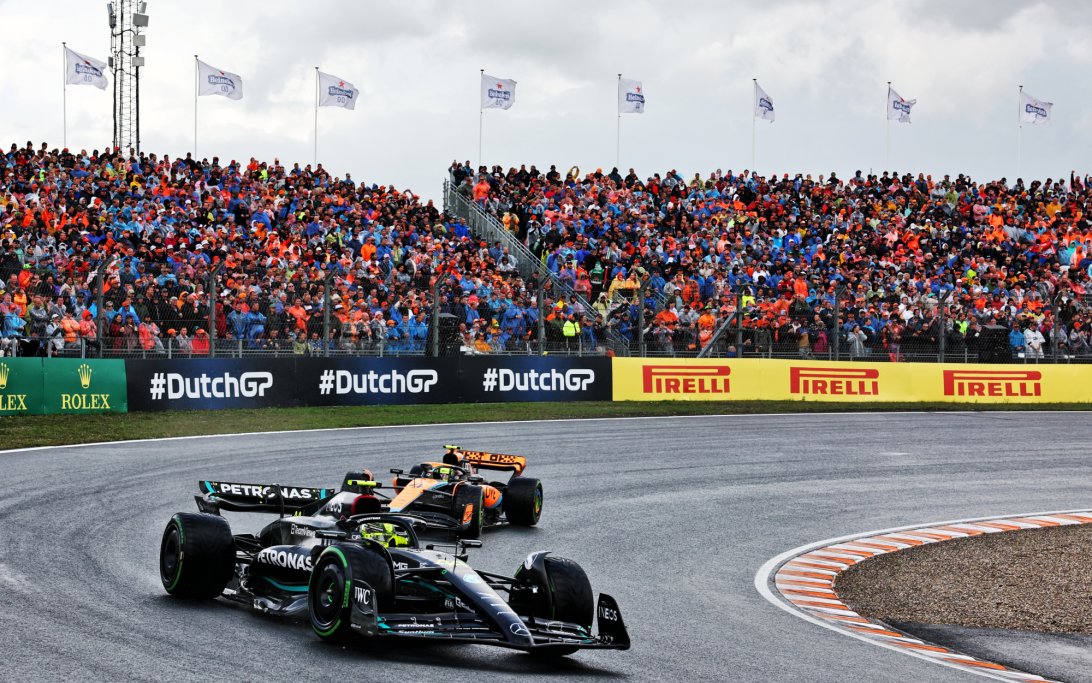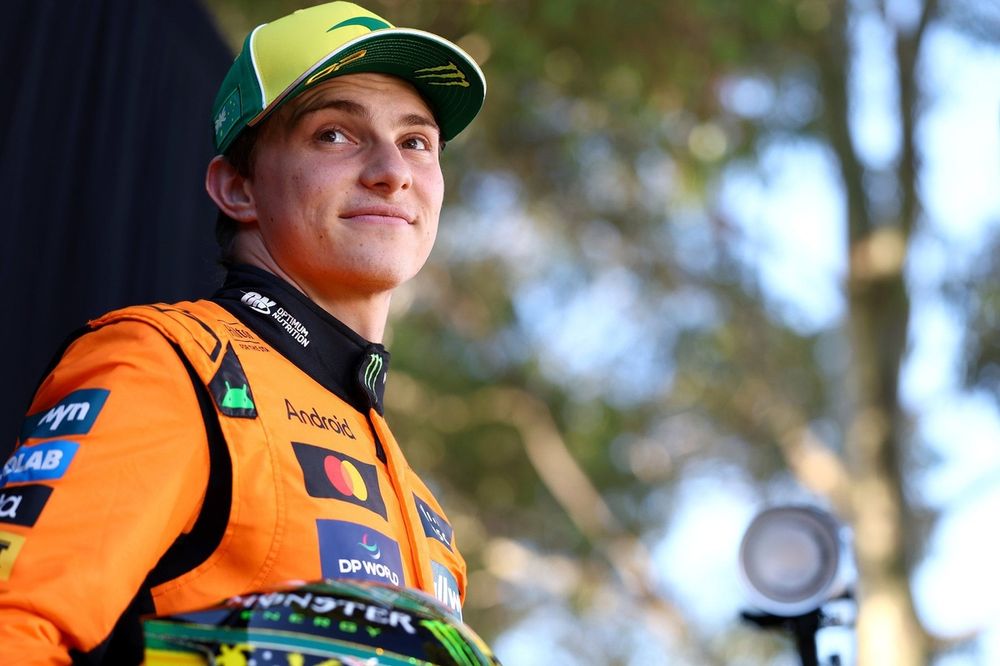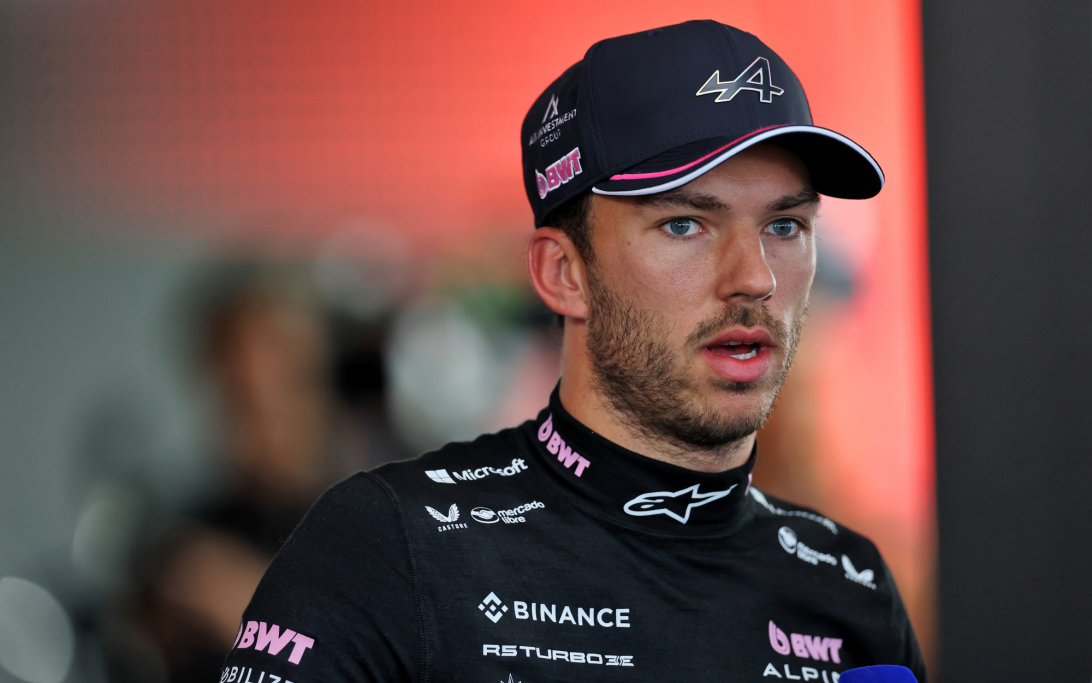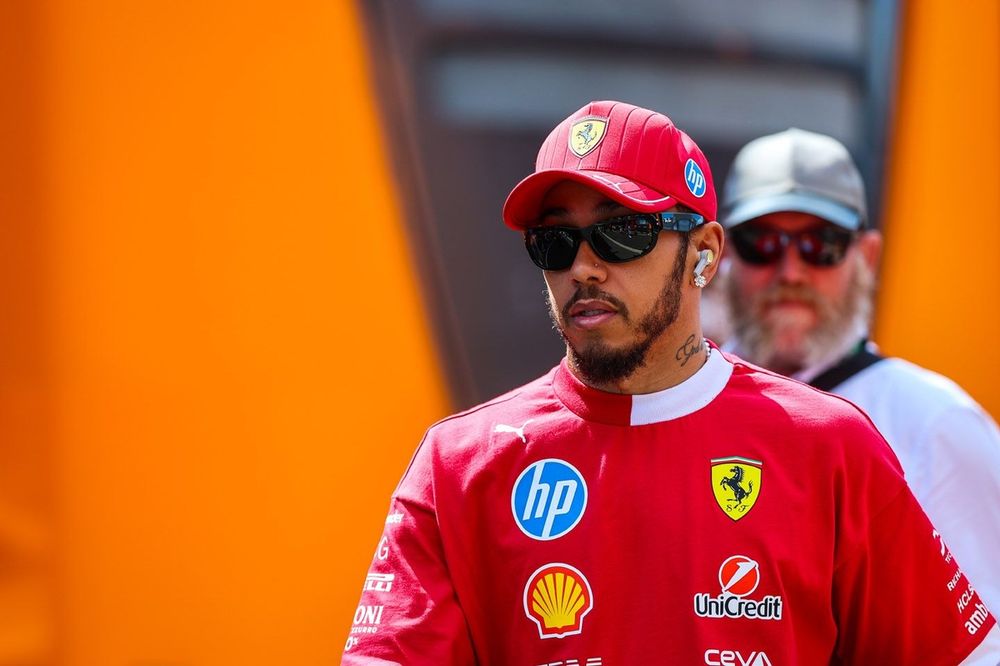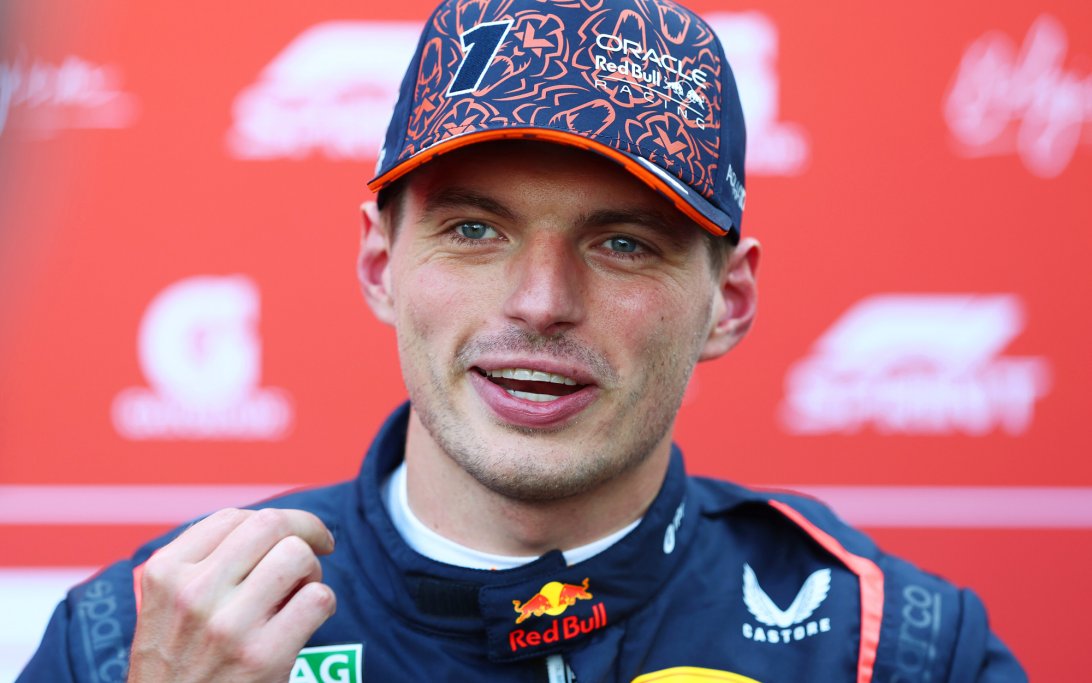Why it matters:
The Formula 1 budget cap, significantly lowered due to the COVID-19 pandemic, proved crucial for leveling the playing field and preventing teams like McLaren from financial collapse. This cap has since transformed F1 into a more competitive sport, allowing a team once on the brink to become a championship contender.
The big picture:
Before the 2020s, F1 faced escalating spending, pushing many teams, including McLaren, to the verge of bankruptcy. McLaren, specifically, was struggling at the back of the grid, unable to keep pace with top spenders like Mercedes as development budgets soared. Without intervention, the team's future was uncertain.
How COVID-19 intervened:
McLaren Racing CEO Zak Brown revealed on the "How Leaders Lead" podcast that the COVID-19 pandemic, though devastating, inadvertently provided leverage. The immense pressure on the sport during that period allowed him to push harder for a significantly lower budget cap than initially proposed.
By the numbers:
- Initial proposal: $175 million
- 2021 cap: $145 million (reduced due to COVID-19)
- 2022 cap: $140 million
- 2023 cap: $135 million
The impact:
The budget cap has fundamentally reshaped F1's competitive landscape. Brown noted that last year saw an unprecedented seven different race winners and four different winning teams, with the top three constructors battling for the championship until late in the season. This increased competition is a direct result of teams "playing with the same size bat."
McLaren's resurgence:
McLaren's improved performance directly reflects this era. In 2024, significant mid-season upgrades transformed them into a consistent front-runner. While Max Verstappen dominated the drivers' title, McLaren notably secured the constructors' title in the final race of the season, showcasing the team's dramatic turnaround under the new financial regulations.


